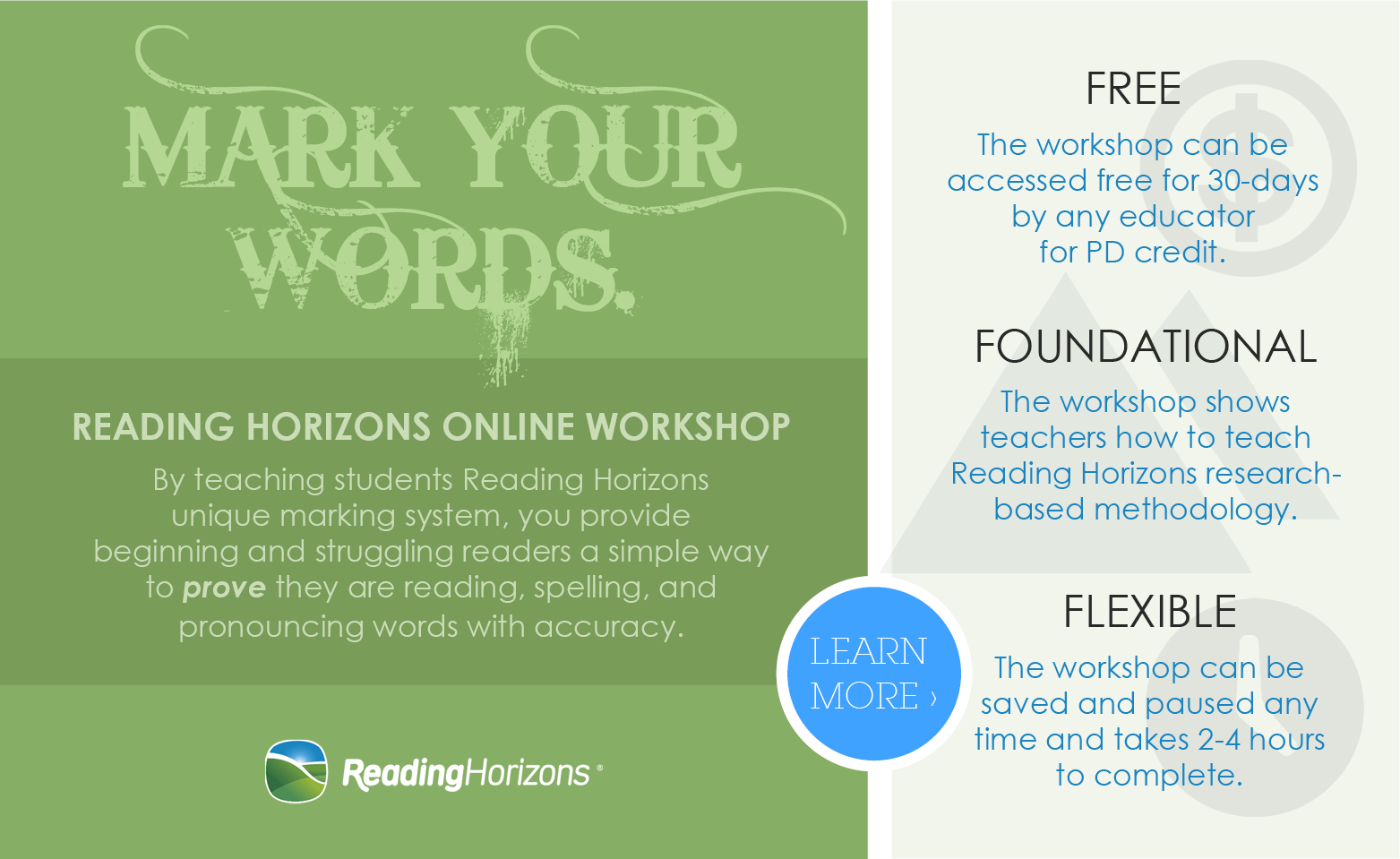Does Knowing How to Read Prepare You to Teach Reading?
In the world of

Research about teacher knowledge supports this notion when it comes to reading instruction.
Results from these surveys have consistently demonstrated that teachers show a lack of understanding of the following concepts related to literacy knowledge and instruction:
- the difference between speech sounds and the letters that represent the sound
- the ability to identify individual sounds (phonemes) in words
- the ability to recognize a word’s regularity or irregularity (i.e. knowledge of the letter combinations (graphemes) that represent sounds (phonemes) in common words
- identification of spelling units such as digraphs, blends, and silent-letter spellings
- syllable division and spelling patterns in syllables
- recognition of basic parts of speech
The surveys also showed that teachers had difficulty recognizing when students struggled with phonology, orthography, or syntactical elements of reading when analyzing work samples or assessments. This lack of understanding logically leads to misinformed attempts to teach reading.
Moats and other researchers have come to the convergent conclusion that most teachers are
References
Cunningham, A.E., Perry, K.E., Stanovich, K.E., & Stanovich, P.J. (2004). Disciplinary knowledge of K-3 teachers and their knowledge calibration in the domain of early literacy. Annals of Dyslexia, 54, 139-172.
Moats, L.C. (1995). The missing foundation in teacher education. American Educator (Special Issue: Learning to Read: Schooling’s First Mission), 19 (2), 9, 43-51.
Moats, L.C., & Foorman, B.R. (2003). Measuring teachers’ content knowledge of language and reading. Annals of Dyslexia, 53, 23–45.
Spear-Swerling, L. & Brucker, A.O. (2004). Preparing novice teachers to develop basic reading and spelling skills in children. Annals of Dyslexia, 54, 332-364.
Rozenblit, L. and Keil, F. (2002), The misunderstood limits of folk science: an illusion of explanatory depth. Cognitive Science, 26: 521–562.
4 Comments

David Boulton said
Dr. Moats discusses this [quote]gap[/quote] (she calls it a 'gulf of knowledge') in my interview with her (http://goo.gl/zN31I). I disagree with the premise that this gap is simply a gap in explicit knowledge of the structures within written and spoken language. Much more fundamentally it's "[b]The Illusion of Explanatory Depth[/b]” as relates to educator's understanding of '[b]What Reading Is[/b]' (http://goo.gl/3K9py)and the '[b]Brain Challenges[/b]'(http://goo.gl/wrG6t)involved in reading our [b]code[/b] (http://goo.gl/Kw7OR). Absent the right metal models, knowledge about the structures become fragmented and misleading. The problem isn't just a lack of knowledge, it's the [b]inertia of the paradigms[/b] we conceptualize reading through. (http://goo.gl/jDcN0)

Chibi Mitch said
This is very interesting. Is there a video where I can watch about this so called GAP? I'm a teacher and this could help me understand. thanks for a very informative share. ♥

David Boulton said
Videos: Dysteachia: http://goo.gl/77K50 Superficial Thinking: http://goo.gl/BrKdv Teacher Training: http://goo.gl/kfvjt Resistance: http://goo.gl/nf1oQ

Stacy Hurst said
I agree, David Boulton. And 'inertia' is the perfect word to use when discussing paradigms through which reading is framed by educators in general. As a society, the word 'velocity' can also be applied when referring to the prevalence of the effects of erroneous paradigms(mainly concerning the relationship between speaking and listening and reading and writing)and the resulting confusion they continue to cause for so many students. Hopefully we can correct the mental models, decelerate the runaway train, and get on the right track. Thanks, by the way, for your contribution to the cause!
